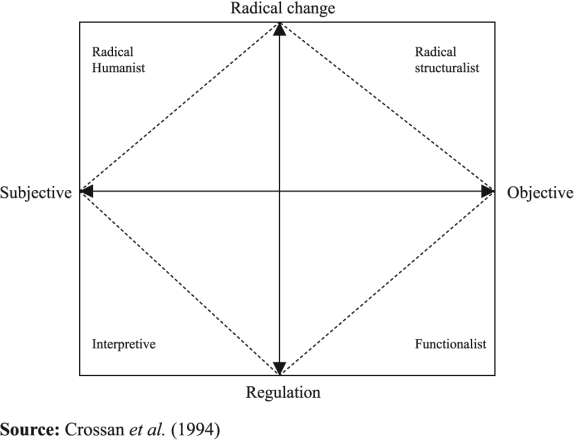While I am still not entirely convinced of the usefulness of blogging and networked communication (e.g., Twitter), “social bookmarking” hit the nail right on the head for me.
My current use of bookmarking consists of crowding my browser toolbar with all kinds of links to websites I find interesting and/or use frequently. Clearly, the application is just the tip of the iceberg of bookmarking, which I learned during last week’s class discussion. However, I think that for many academics and students this is the only type of bookmarking there is and that they are aware of (also discussed by Jon Udell).
Jon Udell discusses the four major uses of social bookmarking, which I can relate to my own daily academic life as a graduate student (at least partially)- in particular, using Diigo as a tool to answer questions with URLs and to use Diigo as a database.
- Answering a question with an URL.
Copy-pasting URLs into an email to share relevant sources with colleagues, professors, and students is common practice in my world. If a question or a topic emerges, I often find myself “googling” websites, which I have come across at some point to then share it via email. I sometimes (actually pretty often) have a difficult time finding these sources again and waste my time searching for information I have located before but not properly documented (so frustrating!). Diigo is a great way of compiling websites, blogs, and other online sources related to a particular topic.
This is the most compelling argument for me to start using Diigo. It reminds me of RefWorks, which I started to use in 2011 to organize and keep track of relevant references for research articles. What started out as a way to facilitate and automate citing and creating bibliographies, I have started to use RefWorks as a general database. However, I found that, especially for online sources, this software is not the right tool to use. Unless I want to cite a particular blog, website, or other online source, RefWorks is rather unsuitable. Diigo seems to be a nice complement to traditional citation management systems.
Is there a way to combine those two? If you come across anything that may answer my question, please send me an email with links to relevant sources… Oh wait… I know a better way: Create a shared Diigo list. 🙂

